Table of content
Donkey-hide gelatin, also known as Ejiao in traditional Chinese medicine (TCM), has been prized for centuries for its purported health benefits, including blood nourishment, skin rejuvenation, and immune support. As a gelatinous substance derived from the prolonged boiling of donkey hides, this product’s efficacy is closely tied to its chemical stability and physical integrity. However, like many natural remedies, its potency diminishes over time if not stored correctly. This article explores the scientific principles governing the preservation of donkey-hide gelatin, offering actionable insights to extend its shelf life while safeguarding its therapeutic properties.
Understanding Donkey-Hide Gelatin’s Composition
Before delving into storage methods, it is essential to grasp the material’s intrinsic characteristics. Donkey-hide gelatin is primarily composed of collagen peptides, amino acids (such as glycine, proline, and hydroxyproline), and trace minerals like iron and calcium. These components contribute to its gel-forming capacity and bioactive effects. However, collagen is inherently susceptible to degradation when exposed to environmental stressors, including heat, moisture, and oxygen. The degradation process, known as hydrolysis, breaks down collagen’s triple-helix structure into smaller, less functional fragments, reducing the gelatin’s viscosity and therapeutic efficacy.
Factors Influencing Shelf Life
The shelf life of donkey-hide gelatin is not a fixed parameter but a dynamic interplay of storage conditions. Key variables include:
- Temperature: Elevated temperatures accelerate chemical reactions, including oxidation and enzymatic breakdown. Studies indicate that storing gelatin above 25°C (77°F) can shorten its shelf life by up to 50% compared to cooler environments.
- Humidity: Moisture promotes microbial growth and hydrolyzes collagen, leading to spoilage. Relative humidity levels above 60% are particularly detrimental.
- Light Exposure: Ultraviolet (UV) radiation from sunlight or artificial light sources can degrade amino acids and induce cross-linking in collagen, altering the gelatin’s texture and solubility.
- Oxygen Exposure: Air contact triggers oxidative rancidity, particularly in fat-soluble components, and supports aerobic bacterial proliferation.
- Packaging Materials: The choice of container—whether glass, ceramic, or plastic—influences permeability to moisture and gases.
Optimal Storage Practices
To mitigate degradation, adopt the following strategies:
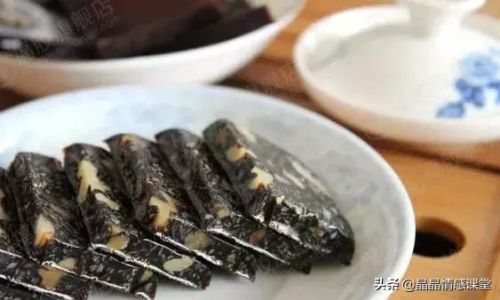
Temperature Control
Ideally, store donkey-hide gelatin in a cool, dry environment between 15–20°C (59–68°F). Refrigeration (4°C/39°F) is advisable for long-term preservation, though freezing should be avoided unless necessary, as ice crystals can disrupt collagen’s structure. If refrigerated, ensure the container is airtight to prevent condensation.
Humidity Management
Use desiccant packets or silica gel within storage containers to absorb excess moisture. Avoid basements or bathrooms, which often fluctuate in humidity. For climates with persistent humidity, consider a dehumidifier in the storage area.
Light Protection
Opaque containers—such as amber glass jars or ceramic pots—shield the gelatin from UV rays. If clear containers are used, store them in a dark cupboard or drawer.
Airtight Sealing
Vacuum-sealed packaging or containers with rubber gaskets minimize oxygen exposure. For opened packages, transfer contents to smaller airtight jars to reduce headspace, limiting contact with air.
Packaging Material Selection
Glass jars with metal lids or high-density polyethylene (HDPE) containers offer superior barrier properties compared to low-grade plastics. Avoid metal cans, as collagen’s acidic byproducts may corrode the lining over time.
Signs of Spoilage
Even with meticulous storage, donkey-hide gelatin will eventually degrade. Monitor for these indicators:
- Color Changes: Fresh gelatin ranges from translucent amber to dark brown. Fading or grayish hues suggest oxidation.
- Odor Shifts: A metallic or rancid smell replaces the subtle earthy aroma.
- Texture Alterations: Brittleness, clumping, or excessive stickiness indicate hydrolytic breakdown.
- Reduced Solubility: Difficulty dissolving in warm water signals cross-linking or particle aggregation.
Discard the product if any of these signs emerge, as spoiled gelatin may harbor harmful microbes or lose efficacy.
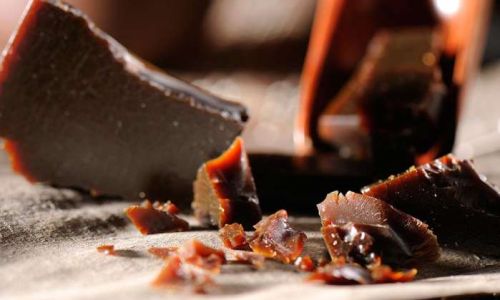
Traditional vs. Modern Preservation Techniques
Historically, TCM practitioners stored Ejiao in ceramic jars buried underground or placed in cool cellars, leveraging natural insulation. Modern approaches complement these methods with scientific rigor:
- Lyophilization (Freeze-Drying): Removing moisture under vacuum conditions halts degradation, extending shelf life to over five years when stored at -20°C (-4°F).
- Modified Atmosphere Packaging (MAP): Replacing oxygen with nitrogen or carbon dioxide inhibits oxidation and microbial growth.
- Irradiation: Low-dose gamma rays eliminate pathogens without compromising collagen integrity, though this method remains controversial in TCM circles.
The Role of Processing Methods
The manufacturing process significantly impacts stability. Traditionally prepared Ejiao undergoes a 49-day cycle of stewing, filtering, and concentrating, which partially denatures collagen and reduces enzymatic activity. Modern industrial processes may include:
- Enzymatic Hydrolysis: Breaking collagen into peptides for faster absorption, though this reduces shelf life due to increased susceptibility to oxidation.
- Spray Drying: Converting liquid gelatin into powder, which stabilizes the product but alters its solubility profile.
Consumers should prioritize minimally processed products if longevity is a concern.
Consumer Guidelines for Prolonged Storage
- Purchase Wisely: Buy from reputable vendors who provide batch-specific expiration dates.
- Label Containers: Note the storage date and conditions on each jar.
- Rotate Stock: Use the oldest batches first to prevent waste.
- Avoid Cross-Contamination: Use clean, dry utensils to scoop gelatin.
- Rehydrate Properly: When preparing, dissolve in warm (not boiling) water to minimize thermal stress.
Environmental Considerations
Sustainable preservation methods align with eco-conscious practices:
- Reusable Containers: Opt for glass over single-use plastics.
- Solar-Powered Dehumidifiers: In humid regions, solar-driven units reduce energy consumption.
- Local Sourcing: Minimize transportation-related temperature fluctuations by purchasing domestically produced gelatin.
Research Frontiers in Gelatin Preservation
Emerging technologies offer promising avenues:
- Nanocoatings: Applying chitosan or silica nanoparticles to packaging films enhances oxygen and moisture barriers.
- Controlled Release Antioxidants: Encapsulating vitamins C or E within the gelatin matrix scavenges free radicals.
- Smart Packaging: Indicator labels change color when humidity or temperature thresholds are breached.
Conclusion: Bridging Tradition and Science
Preserving donkey-hide gelatin demands a synthesis of ancestral wisdom and contemporary scientific understanding. By controlling temperature, humidity, light, and oxygen exposure, and by leveraging advanced packaging solutions, consumers can extend the product’s shelf life while preserving its therapeutic potential. As research advances, the intersection of TCM and food science will undoubtedly yield more sophisticated strategies, ensuring that this ancient remedy remains a cornerstone of holistic health for generations to come. Whether stored in a ceramic jar or a nitrogen-flushed pouch, the key lies in respecting the delicate balance between preservation and potency—a testament to humanity’s enduring quest to harness nature’s bounty.
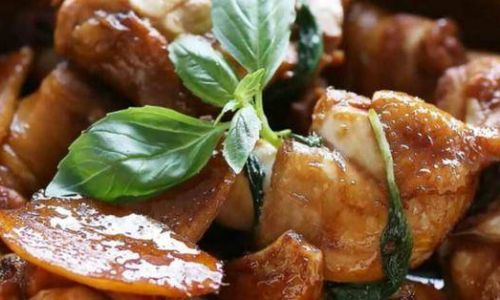

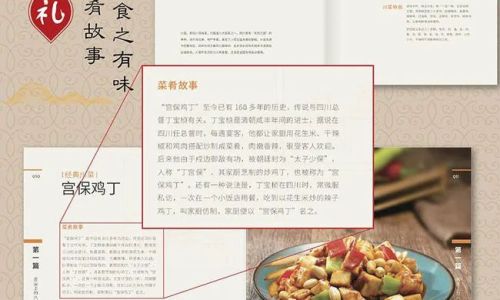

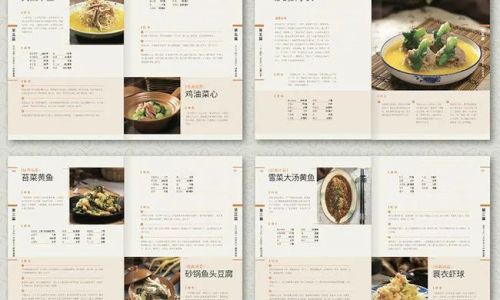
0 comments